 Rural Norway is getting a broadband upgrade. Out goes last century’s DSL service and in comes gigabit fiber to the home service for villages and towns that American providers would consider unprofitable to serve.
Rural Norway is getting a broadband upgrade. Out goes last century’s DSL service and in comes gigabit fiber to the home service for villages and towns that American providers would consider unprofitable to serve.
Despite the harsh winter conditions, Altibox has already begun work installing the new fiber network in the fjord and mountain district of Hjelmeland on Norway’s west coast. The aim is to offer a fiber optic connection to each of the 2,800 residents and 1,000 seasonal vacation homeowners who want one by the end of 2016.

Hjelmeland
Photo by: Bjarte Sorensen
Installation has already begun in the fjord and mountain district. The first customers will be online by the first half of 2014. At launch, customers will be offered a package including 1,000/1,000Mbps Internet access, cable TV, and a phone line with calling and feature package for around $165 a month, considered steep for Europe but not unusual in high cost service areas.
With its widely spaced buildings and vacation homes, Hjelmeland is perhaps one of the most challenging districts in Norway to install a fiber-optic network, according to Toril Nag of Altibox.
“This project will set a new standard for what it is possible to achieve when local government, local residents and the service provider all work towards a common goal,” Nag said. “In our assessment, there are currently only a few households that are situated so far from the trunk cable that it would not make economic sense to invest in a fiber connection.”
Not every resident can get broadband service as the district relies heavily on DSL, which underperforms in rural areas. Fiber optics solves the problem distance creates for high-speed copper-based DSL service and is cheaper to maintain in a district known for its difficult terrain and rugged character.
Altibox is using Hjelmeland as a rural broadband laboratory to learn more about how the company can profitably offer fiber optic broadband in higher cost areas. Eventually every Altibox customer across Norway will get gigabit speeds from the provider.
Norway is rushing ahead of North America in broadband deployment and speed. The government has set a target for every resident to have access to a minimum of 100Mbps service by 2017. The European Union has been less demanding, seeking 100Mbps service for at least 50 percent of subscribers by 2020.”We can look forward to an incredibly exciting year,” said Hjelmeland’s mayor, Trine Danielsen. “We believe that the installation of the most advanced data-communications infrastructure in Norway will make us an even more attractive area to live in for people of all ages.
“In the long-term, for example, the fiber-optic network could enable our older residents to live at home for longer, with the help of smart-house technology and new self-help solutions,” she added. “In addition, the new fiber-optic network will boost business development throughout the district, and provide a strong platform on which to build for both existing business enterprises and brand new ones.”


 Subscribe
Subscribe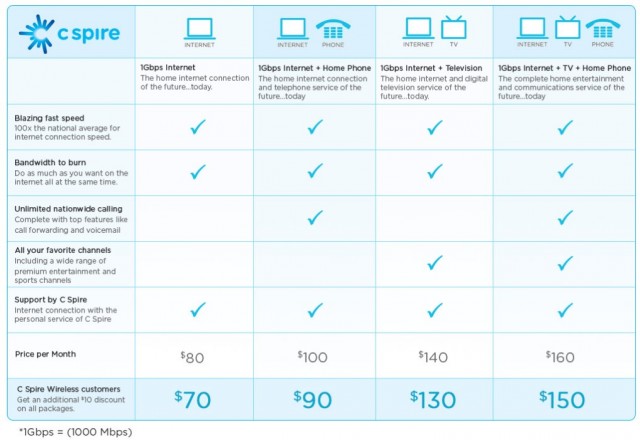
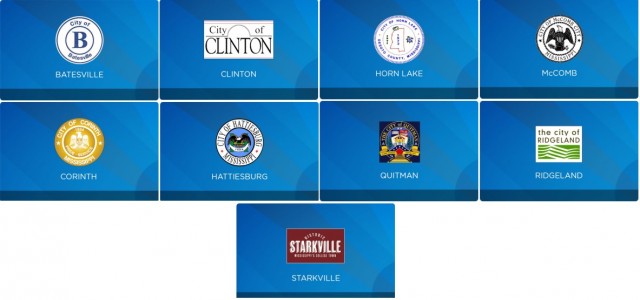

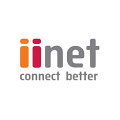 Critics contend satellite broadband is not a good long-term solution except in the most rural of sparsely populated areas. Although providing wired service may be too costly, ground-based wireless services could be the most capable technology to contend with future demand and capacity concerns.
Critics contend satellite broadband is not a good long-term solution except in the most rural of sparsely populated areas. Although providing wired service may be too costly, ground-based wireless services could be the most capable technology to contend with future demand and capacity concerns.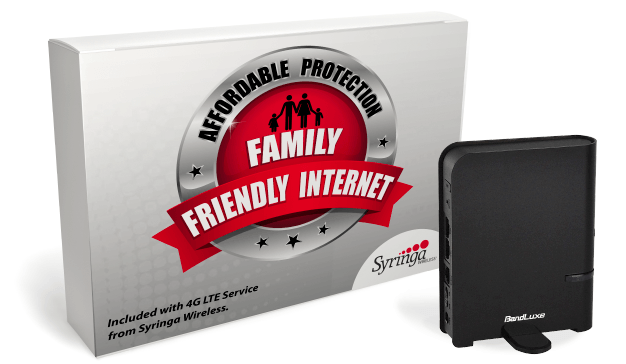 An independent cell phone provider in Idaho has found a unique niche to innovate beyond offering traditional cell phone service by launching unlimited 20Mbps home broadband Internet access over its wireless 4G LTE network.
An independent cell phone provider in Idaho has found a unique niche to innovate beyond offering traditional cell phone service by launching unlimited 20Mbps home broadband Internet access over its wireless 4G LTE network.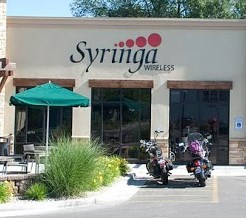 Syringa’s fixed wireless broadband puts the company in a stronger position for a Wireless Internet Service Provider (WISP), because it is able to also market traditional cell phone service for its rural customer base. Syringa still sells unlimited smartphone data plans and has a roaming agreement with a major national carrier for cell phone users traveling outside of Syringa’s home service area.
Syringa’s fixed wireless broadband puts the company in a stronger position for a Wireless Internet Service Provider (WISP), because it is able to also market traditional cell phone service for its rural customer base. Syringa still sells unlimited smartphone data plans and has a roaming agreement with a major national carrier for cell phone users traveling outside of Syringa’s home service area.
